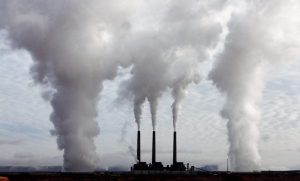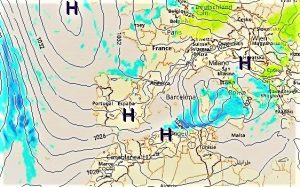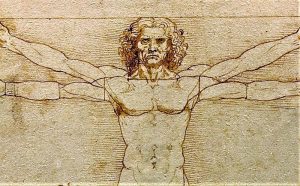Air pollution
Air pollution is a mixture of solid particles and gases found in the air that are not part of its normal components. Emissions from cars, chemicals from factories, dust, pollen and mold spores can be suspended in the air as particles. Some air pollutants are poisonous, and their inhalation may increase the likelihood of different health problems. People with heart or lung disease, older adults, and children are at greater risk of getting sick when air pollution occurs. Air pollution is not something that remains static, but on the contrary, wind and different climatic conditions function as a means of transport for it to travel from one side to the other, affecting everything that encounters it.
What is air pollution?
Air pollution occurs when a series of toxic gases come into direct contact with gases in the atmosphere, causing a series of damages to human, animal and plant health.
Causes of air pollution
The main cause for air pollution is through the burning of different fuels such as coal, oil and gases. When these fuels are burned, there is a combustion effect that pollutes the environment. In general, the industrial sector and different means of transport are primarily responsible for producing significant quantities of these fuels. Other causes that also affect the air are aerosols that leave contaminating particles suspended in the air for long periods of time. Poorly placed rubbish and some restaurants produce substances that also pollute the circulating air. Atomic radiation is one of the causes that is most tried to avoid because radioactive particles can remain in the air for a long-time polluting plants and water, which will then be consumed by humans and can cause cancer and genetic mutations.
Sources of air pollution
Air pollution comes from different sources. Sometimes natural processes such as volcanic eruptions produce a series of particles including ash that produce carbon monoxide. Most of the air pollution problem comes from human hands through industries and vehicles that generate oxides of nitrogen, sulfur, and carbon monoxide. Aerosols and gases that can seep from refrigeration equipment, paint and other solvents are also sources of pollution.
Effects
The effects that air pollution can have are very great when we talk about the direct effect on health. The increase in cases of asthma, respiratory difficulties and diseases of this system, produce great breathing problems. People suffering from cardiovascular diseases are mostly affected by polluted air. In addition to causing different long-term health problems, they can also cause short-term damage by being exposed to high levels of pollution that is reflected in burning eyes, eye pain, sore throat. Carbon monoxide can cause chronic fatigue and headaches.
Consequences
Vehicle smoke has carbon monoxide, carbon dioxide and plumb. These gases are highly toxic to animals and humans, blocking the transport of oxygen in the blood and causing anemia. Aerosols pass through the nose into the bronchi and into the lungs. The accumulation of toxins in the air produces acid rain that permanently damages crops, soils and rivers. These toxic agents at the same time are responsible for producing the greenhouse effect. It can produce irreversible changes in the skin of living beings, such as cancer, because the damage done to the ozone layer can allow access to ultraviolet rays.
Air pollution prevention
Among the preventive measures that can be applied to avoid pollution are:
- Reduce the use of public transport.
- Do not buy products that are not biodegradable.
- Use pesticides and fertilizers in a rational and controlled way.
- Avoid the use of tobacco.
- Do not throw garbage in the street.
- Reduce the use of aerosol cleaning products.
- Educate populations to avoid pollution.
Types
The main types of pollution are:
- Gaseous pollutants: carbon dioxide, carbon monoxide, nitrogen oxide and ozone. Tobacco, materials released by volcanoes and industry also fall into this category.
- Aerosols: mixtures of solid or liquid particles that remain suspended in the form of gas in the atmosphere.
Examples of air pollution
Some examples of air pollution are means of transport that generate large amounts of smoke and gases hazardous to health. Fossil fuels that are used to produce energy. Deforestation indirectly affects air pollution because removing trees removes the ability of them to produce oxygen and remove carbon dioxide.
How to cite this article?
Briceño V., Gabriela. (2019). Air pollution. Recovered on 3 January, 2025, de Euston96: https://www.euston96.com/en/air-pollution/










